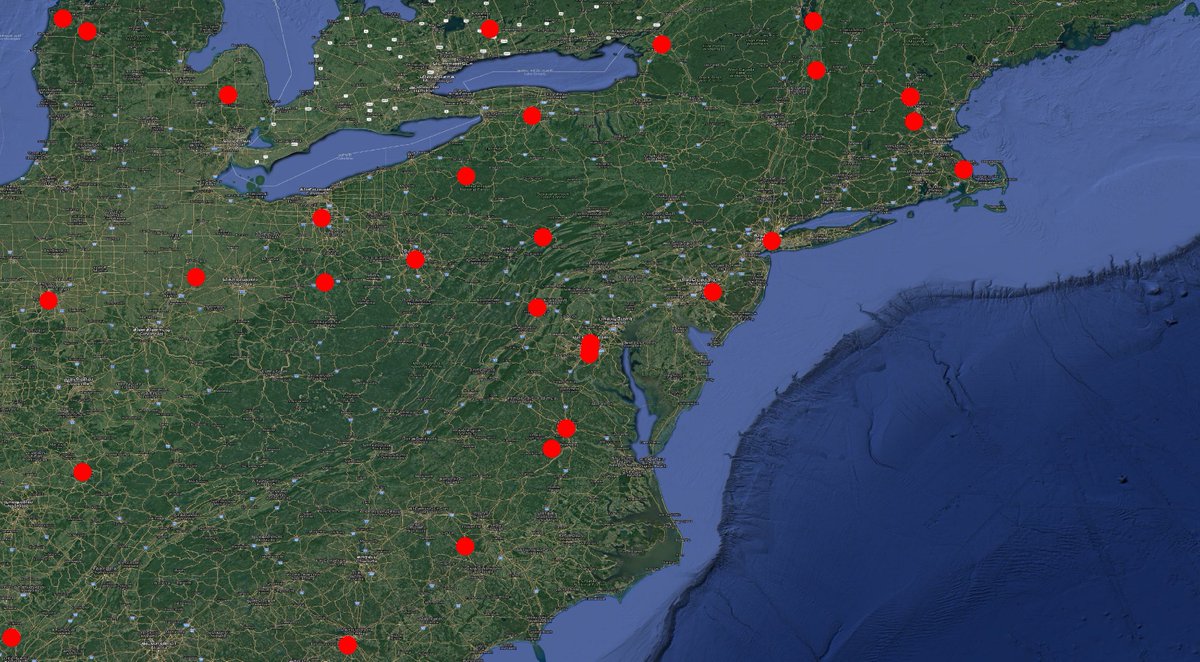We talk about #DigitalIndia & every other meeting someone would claim that data is the new gold etc. But when it comes to critical data& good quality data, India is far far behind..
Eg: India's open data platform- data.gov.in provides the locations of hospitals
Eg: India's open data platform- data.gov.in provides the locations of hospitals

Location quality of many of these hospitals are not very accurate and 250 of them are mark outside the country!
The reason being is that they have automated geocoding using Google Maps
The reason being is that they have automated geocoding using Google Maps

Why this happens: When done at a global scale, Google Maps API tries to read the address and gives the most "relevant" result. So D C Bank road (probably district cooperative bank) is marked in Washington DC
and Oxford Public School is marked in Oxford, England

and Oxford Public School is marked in Oxford, England


Within India also, the data is not complete nor does it give right locations.
Take a look at this - Hospitals from Karnataka, Andhra, Kerala , Madhya Pradesh etc are marked in Tamil Nadu!
Take a look at this - Hospitals from Karnataka, Andhra, Kerala , Madhya Pradesh etc are marked in Tamil Nadu!

The error is not jut because of geocoding, it also sometimes is rooted in the core data itself from NHP. Case in hand: SugamPriya hospital which is in Kamarajar Salai, Karaikal has been recorded in the sheets as Karnal, Haryana 

Many of them are marked right but a good amt of them are not. If this kind of automation was done by an individual researcher,an institute or a consultant co, I totally understand
But Govt shouldn't be doing these. Govt should collect proper ground data, manually verify & upload
But Govt shouldn't be doing these. Govt should collect proper ground data, manually verify & upload
• • •
Missing some Tweet in this thread? You can try to
force a refresh




















